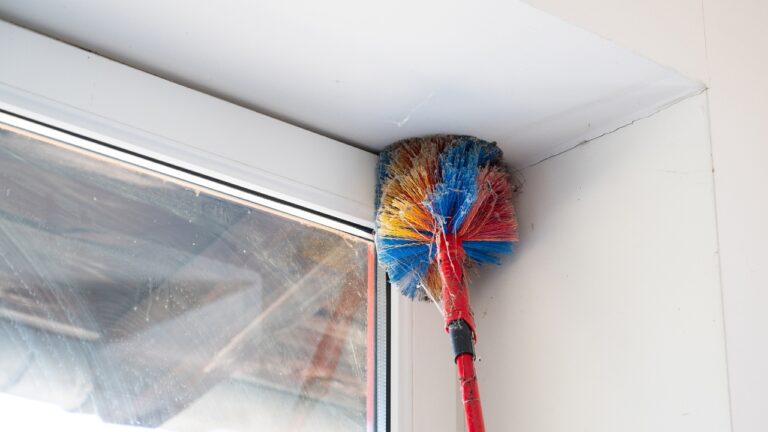7 livestock setups that look cheap—until you spend $2,000 fixing them
Getting livestock set up on your property can feel like one big money drain, and it’s tempting to cut corners where you can. But going too cheap up front usually ends up costing you far more in repairs, replacements, or vet bills.
A weak fence or poorly designed shelter might look fine in the moment, but once animals test it—or the weather does—you’ll realize why cutting costs wasn’t worth it. These are the setups that seem like a deal but can quickly eat up $2,000 in fixes.
Flimsy Fencing
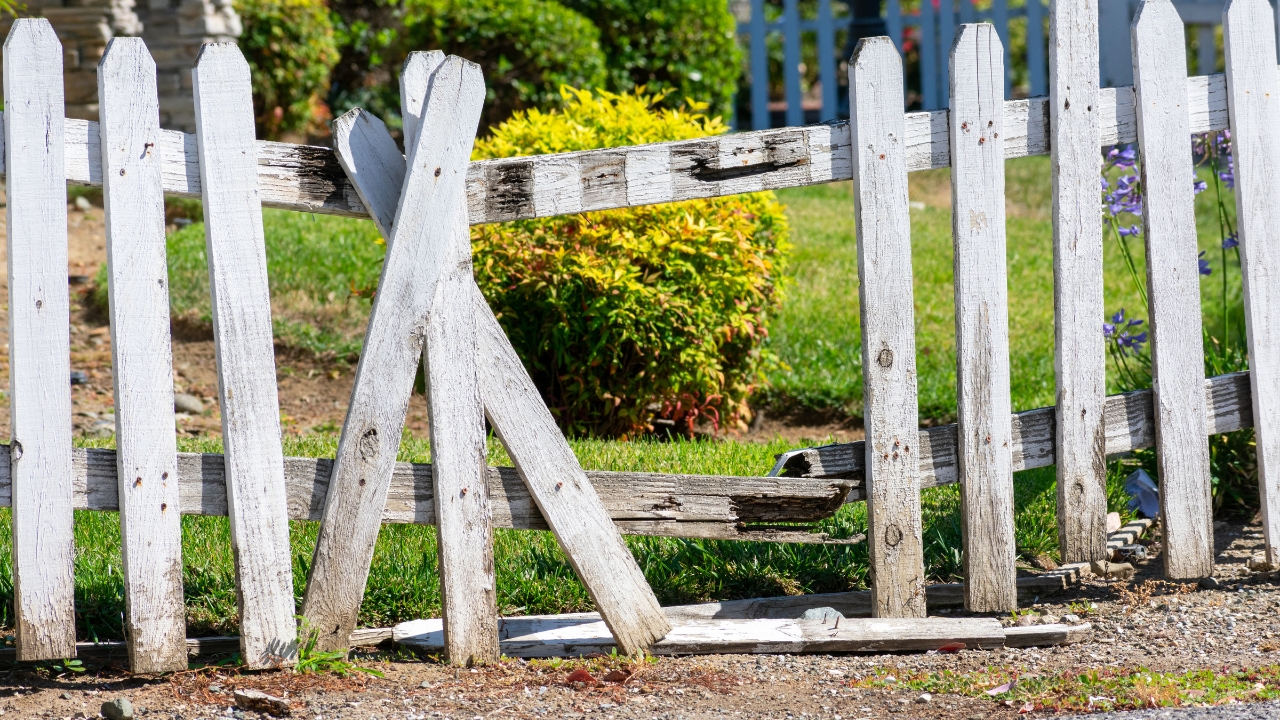
Wire that’s too light or posts that aren’t set deep enough may look like they’ll do the job, but animals are experts at testing weak spots. Once they push through, you’re chasing escapes and patching damage.
By the time you replace the fencing and repair what they destroyed in the process, you’ll wish you had built it strong from the start. Investing in heavy posts and solid wire is always cheaper long-term.
Cheap Gates

A low-cost gate often bends, sags, or pops off hinges when animals lean or rub on it. Once it fails, you’re left with gaps that make escapes too easy.
Replacing a busted gate and rehanging it on better hardware is more expensive than buying a sturdy one upfront. A solid gate doesn’t just look better—it saves you money and keeps animals where they belong.
Improvised Water Systems

Using old barrels, garden hoses, or makeshift troughs might seem resourceful, but leaks and contamination are common. Animals need constant clean water, and breakdowns quickly become emergencies.
By the time you replace ruined hoses, fix mud damage, or pay for a proper trough, you’ll have spent more than if you had bought a reliable system in the first place.
Unventilated Shelters
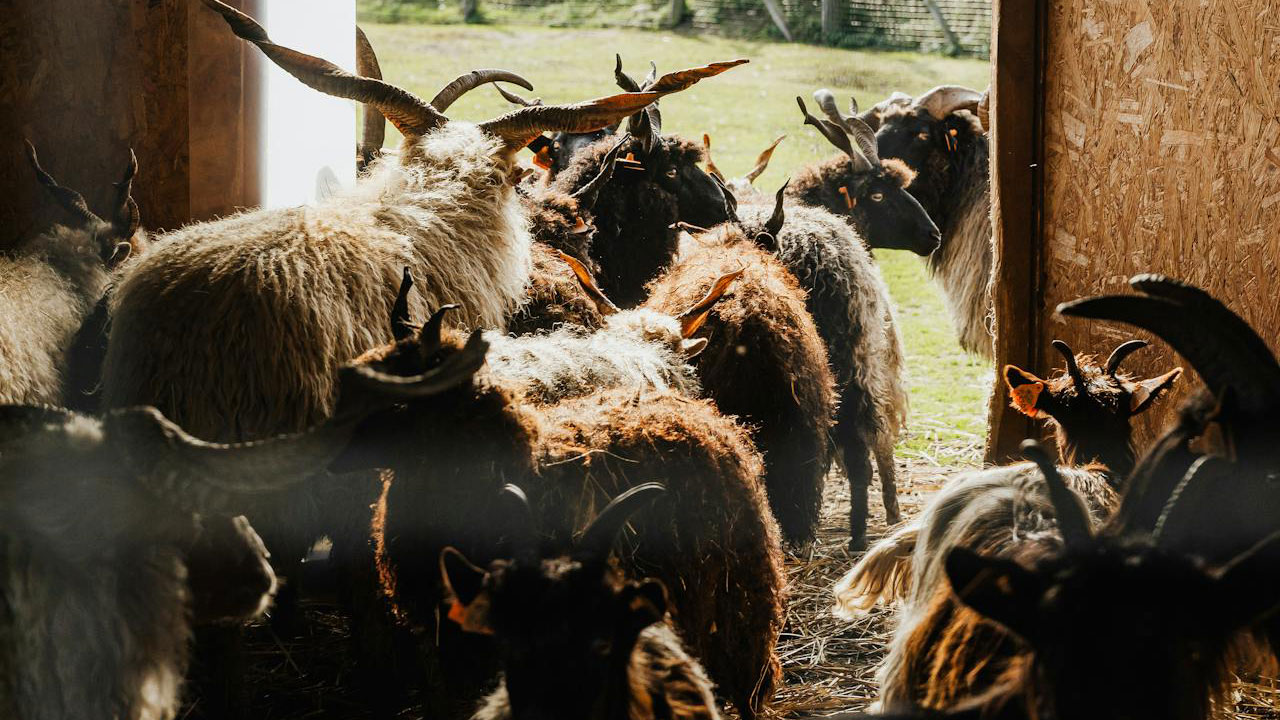
Throwing together a quick shed without ventilation may seem like enough to give animals cover, but it traps heat and moisture. That creates problems with respiratory health, mold, and even wood rot.
Fixing health issues or rebuilding a structure that rotted too quickly will easily run into the thousands. Designing airflow into any shelter is one of the cheapest long-term investments you can make.
Undersized Pens
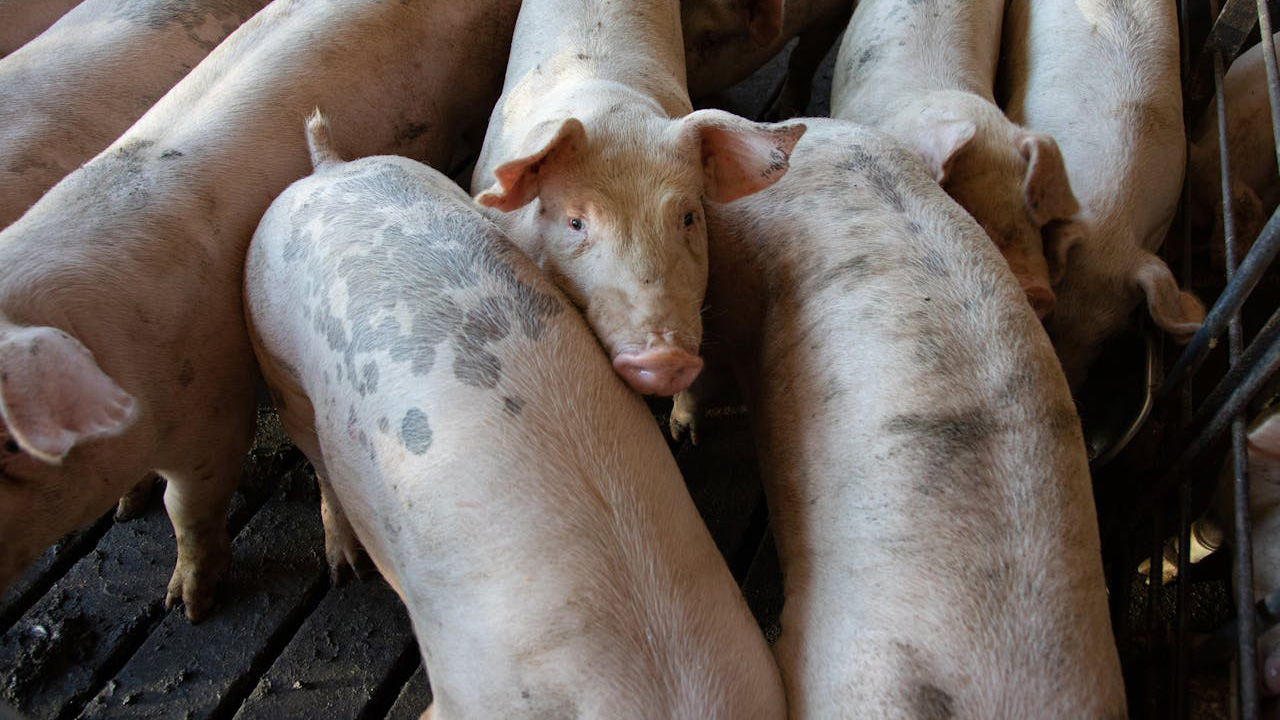
It’s tempting to build a smaller pen thinking you’ll “upgrade later,” but animals overcrowded in tight quarters damage fences and flooring quickly. Stress also leads to health problems, which means vet bills.
When you eventually have to expand and repair at the same time, the cost piles up fast. Starting with enough space for the animals you plan to keep saves both money and frustration.
Skipping Gravel or Drainage

Putting up a shelter or feed area directly on dirt seems cheaper than laying gravel or drainage, but mud will destroy the setup. Constant standing water rots posts, creates health issues, and ruins feed.
You’ll end up paying for gravel, redoing foundations, and replacing what the mud ruined. Spending on drainage at the start saves you from costly repairs later.
Low-Grade Feed Storage
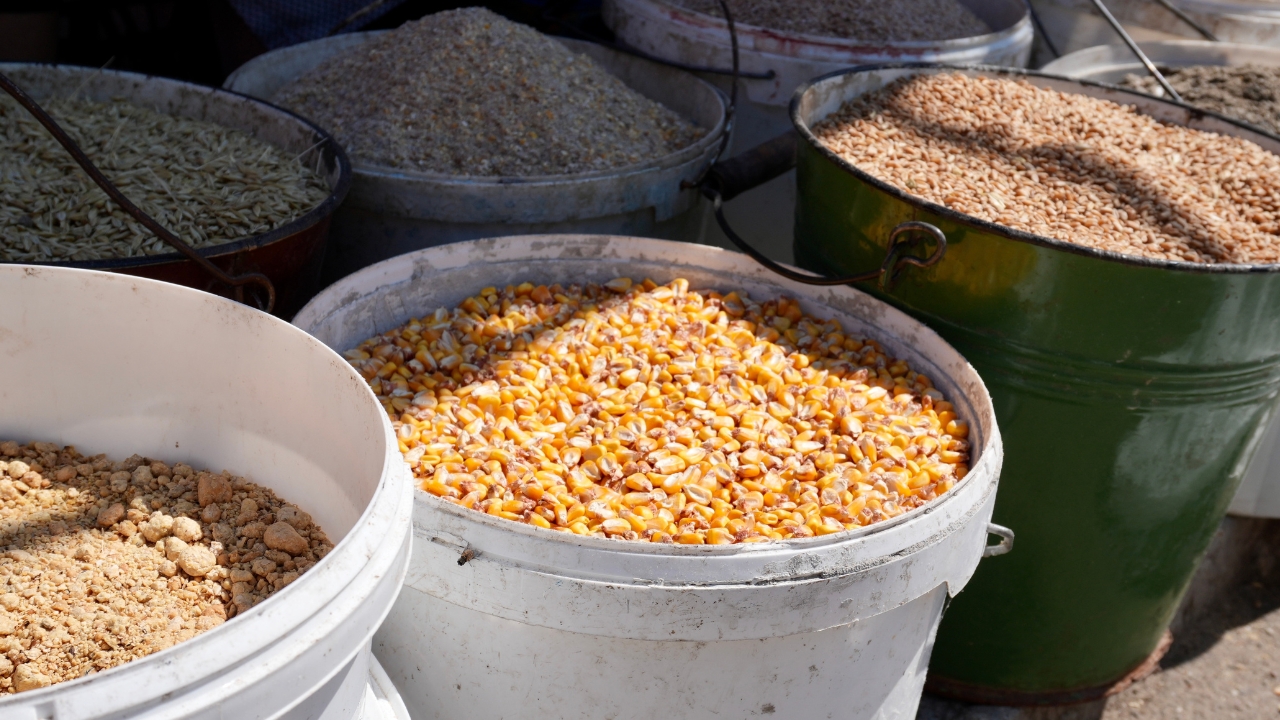
Stacking feed bags in a corner or using flimsy bins feels cheaper than investing in proper storage, but rodents and moisture take over quickly. Once feed is spoiled, you’re out hundreds of dollars in wasted supplies.
Fixing the problem often means more than new containers—you’re also dealing with pest control or structural damage. Secure feed storage always costs less than repeated losses.
*This article was developed with AI-powered tools and has been carefully reviewed by our editors.


